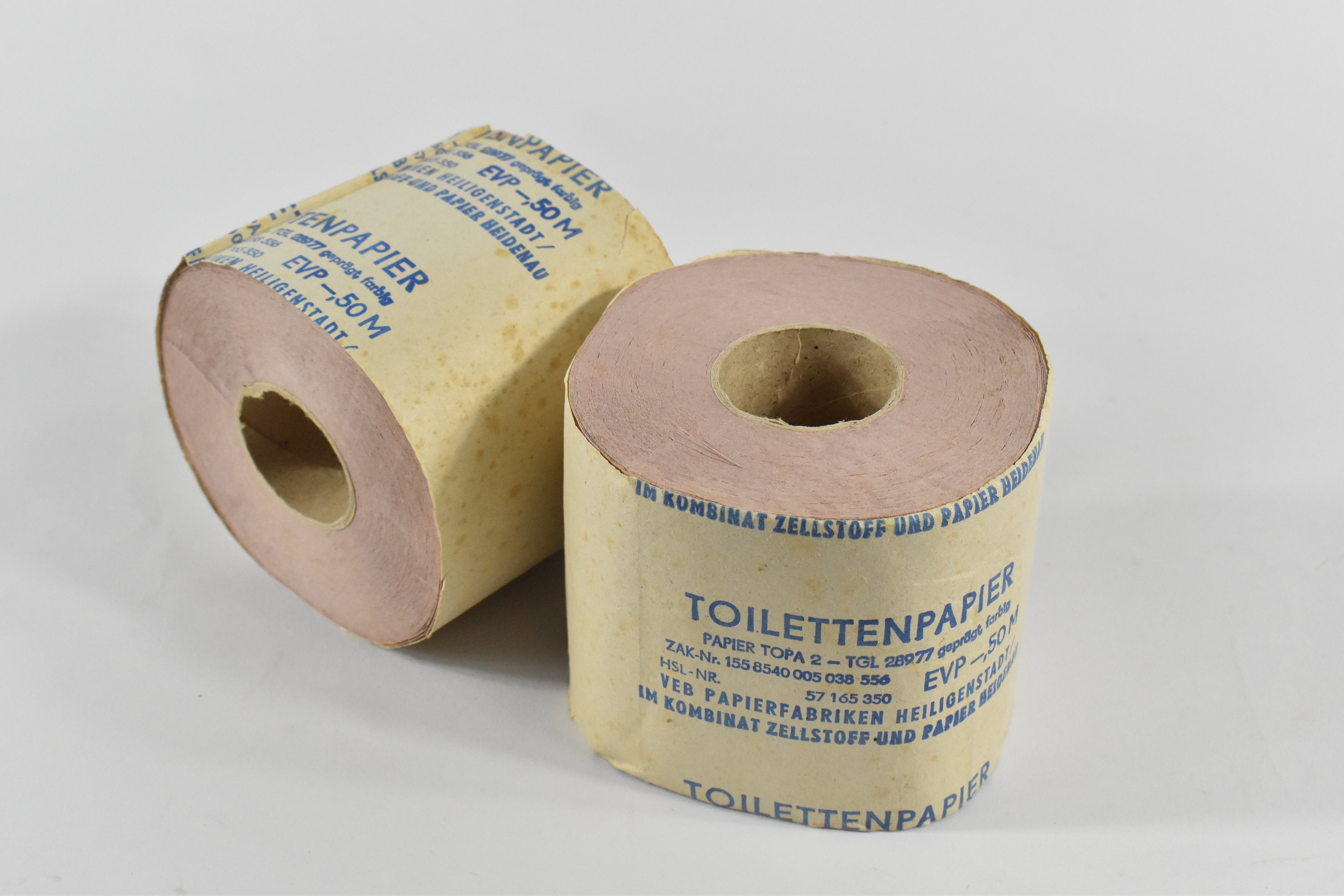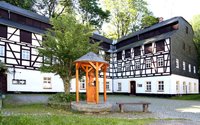Das eingefärbte Krepp-Toilettenpapier aus der Produktion des VEB Papierfabriken Heiligenstadt hatte bei DDR-Bürgern ebenso wie bei Besuchern aus dem nichtsozialistischen Ausland einen zweifelhaften Ruf. Für seine unkomfortable Rauheit nahezu legendär, bot das rosa Krepp Anlass für einen bis heute in Ostdeutschland geläufigen und recht derben Witz: „Warum ist das Klopapier in der DDR so rau? Damit auch der letzte Arsch rot wird!“
en









